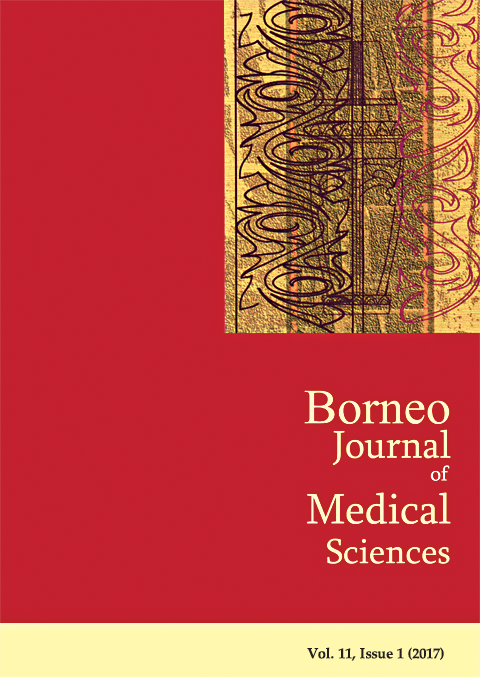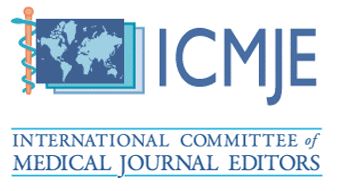Evaluation of performance in different types of Objective Structured Clinical Examination (OSCE) stations among Undergraduate Medical Students
DOI:
https://doi.org/10.51200/bjms.v11i1.635Keywords:
Objective Structured Clinical Examination (OSCE), different station, procedural skill, clinical reasoning.Abstract
An Objective Structured Clinical Examination (OSCE) is now a well-recognized modern type of examination often used in faculties of medicine and health sciences all over the world. Though the assessment tool has been designed to assess different types of clinical skill but this is evident that student performance are not the same in different types of stations. The aim of this study was to evaluate the performances in different types of OSCE stations among undergraduate medical students. Three types of stations were set in this cross-sectional study. They were clinical reasoning, history taking and procedure performing. On the examination day all the students had attended 3 stations for procedure, 4 stations for clinical reasoning and 3 stations for history taking. The scores were collected and transferred to excel spreadsheet. Mean score of each types of modules were calculated. Statistical difference between all three means were measured by one-way ANOVA F-test. F was 7.2 and p-value was 0.001304. The result was significant at p<0.05 in two-tailed hypothesis. There was a significant difference in the scores of different types of stations in OSCE. Strongest performance was observed in procedural skill and weakest in clinical reasoning. Performance was moderate in history taking skills.Downloads
Published
How to Cite
Issue
Section
License
All articles are published under the Creative Commons Attribution-NonCommercial (CC BY-NC 4.0) license, enabling users to read, download, copy, distribute, and adapt the material for non-commercial purposes, provided proper credit is given to the original authors and the source. This model supports transparency, accessibility, and the global exchange of medical knowledge.








1.png)





